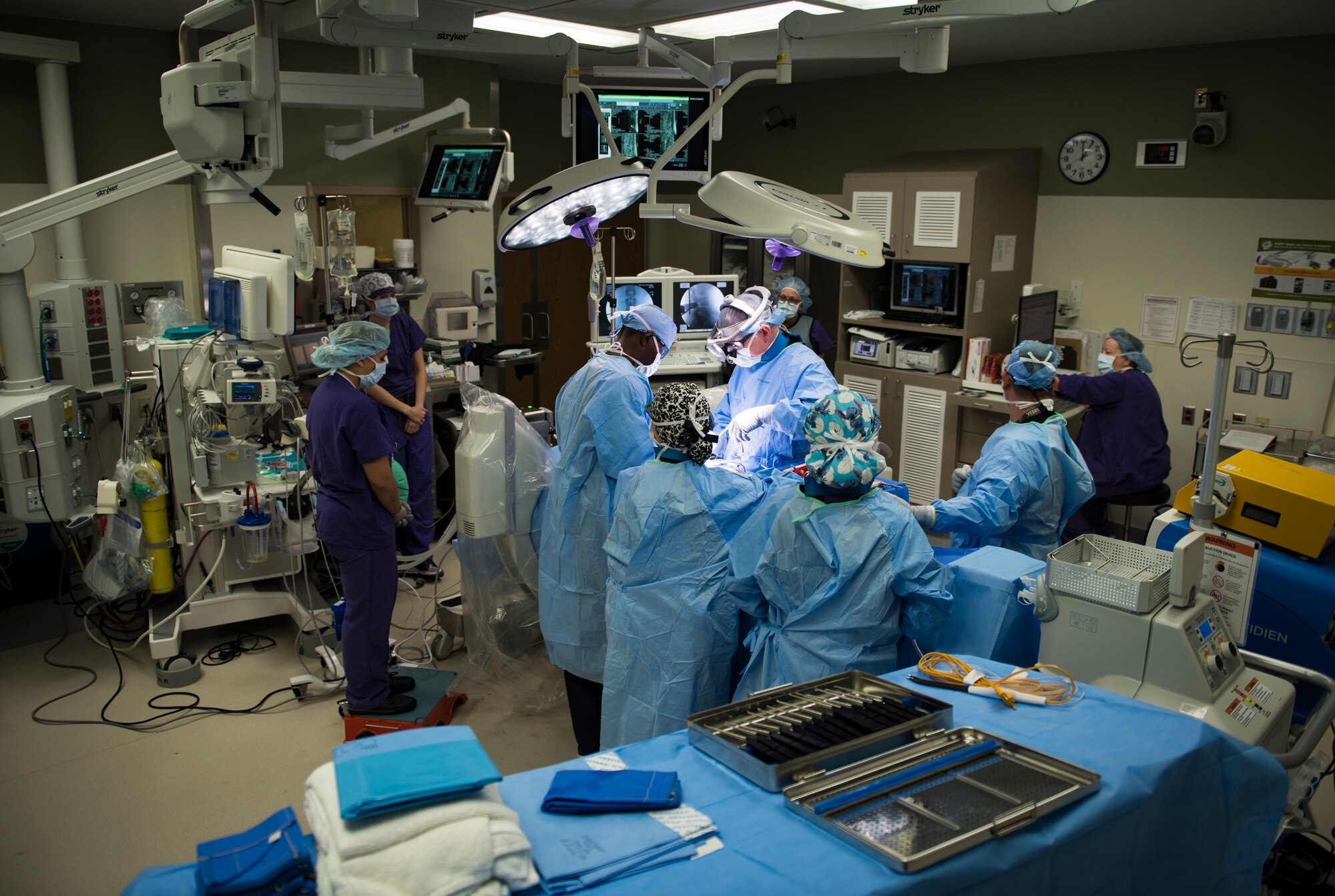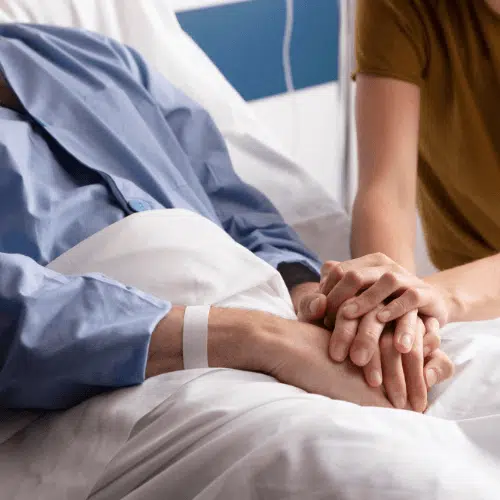Tips for Healing After Surgical Treatment with the Best Spine Surgeons in St Louis MO
An Overview of Spinal Column Conditions That Usually Outcome in Surgical Treatments
Spine conditions such as herniated discs, back constriction, and degenerative disc illness regularly demand medical interventions when traditional therapies stop working to relieve persistent signs. Recognizing the subtleties of each condition and the corresponding medical choices, such as discectomy or spinal blend, is critical for efficient management.
Herniated Discs
Although numerous individuals with herniated discs may discover alleviation via conventional therapies, surgery ends up being a needed consideration when signs and symptoms persist or worsen - best spine surgeons in st louis mo. A herniated disc happens when the soft inner gel of a back disc extends through its outer layer, possibly compressing close-by nerves and leading to pain, tingling, or weakness in the extremities
Conventional administration usually includes physical therapy, discomfort medicines, and corticosteroid injections, which intend to lower inflammation and enhance feature. In cases where these techniques fall short to ease debilitating signs and symptoms, surgical choices might be checked out.
One of the most common medical procedure for herniated discs is a discectomy, which involves the removal of the herniated portion of the disc to eliminate pressure on the impacted nerve root. In more extreme cases, spine fusion may be required to stabilize the impacted vertebrae.
People are advised to review the possible threats and benefits of surgery with their doctor to make a notified choice. Ultimately, the goal of any surgical treatment is to restore function, relieve pain, and boost overall lifestyle for people struggling with herniated discs.
Spine Constriction
Spinal stenosis occurs when the areas within the spine narrow, leading to raised pressure on the back cable and nerves. This condition can create in numerous areas of the spinal column, including the back and cervical areas, frequently because of age-related adjustments, such as degenerative disc illness, joint inflammation, or enlarging of ligaments.
People with spine constriction may present with symptoms that consist of discomfort, numbness, prickling, or weak point, largely in the arms or legs. These symptoms can be exacerbated by activities that involve standing or walking, frequently leading individuals to seek alleviation with traditional treatments like physical therapy, medications, or epidural steroid shots.
Nevertheless, when these non-surgical treatments fail to give appropriate relief, surgical alternatives might be taken into consideration. Usual surgical treatments for spinal constriction include laminectomy, which entails the removal of part of the vertebra to relieve pressure, and spinal blend, which stabilizes the afflicted area.
Spondylolisthesis
Spondylolisthesis occurs when one vertebra slips forward over one more, causing imbalance of the spine. This condition can arise from numerous aspects, consisting of hereditary issues, injury, or degenerative modifications in the spinal column. It is most generally observed in the lumbar area, particularly at the L4-L5 and L5-S1 levels.

Therapy options differ based on the intensity of the slippage and the signs provided. Conservative measures, including physical treatment, pain management, and task modification, are often the initial line of defense. When non-surgical approaches fall short to alleviate signs or when significant nerve compression is present, medical treatment may be required. Surgical alternatives can include back fusion or decompression treatments, aimed at bring back placement and alleviating neurological signs and symptoms. Early diagnosis and appropriate administration are crucial for ideal end results in people with spondylolisthesis.
Degenerative Disc Disease

Clients with DDD commonly experience discomfort that might emit to the legs or arms, depending on the affected region of the spinal column. The condition can be identified via a mix of professional assessment, imaging research studies, and individual background. Therapy alternatives typically begin with conservative actions, including physical therapy, discomfort monitoring, and dig this way of living alterations. When these methods stop working to offer sufficient relief, surgical treatments may be taken into consideration.
Surgical options for DDD might include back combination or artificial disc substitute, targeted at maintaining the impacted sector and easing pain (best spine surgeons in st louis mo). Eventually, the choice of therapy is individualized, taking right into account the severity of the condition, person health and wellness, and way of living aspects
Spinal Lumps

Spine lumps can emerge from numerous factors, consisting of hereditary proneness, ecological impacts, and pre-existing clinical problems. Clients may provide with a variety of symptoms, including local discomfort, neurological shortages, weakness, or modifications in bowel and bladder function, depending on the lump's dimension and place.
Surgical treatment may be called for to ease signs, get a biopsy, or remove the growth entirely. The goal of surgical procedure is frequently to unwind neural components and support the back. Early detection and intervention are vital for optimizing results in people with spinal growths.
Verdict
In recap, spine problems such as herniated discs, back constriction, spondylolisthesis, degenerative disc disease, and spine lumps frequently require medical treatment due to their possible to create considerable discomfort and functional disability. While traditional therapies might provide short-lived relief, medical alternatives become important when signs and symptoms persist or aggravate. Prompt diagnosis and treatment play an essential duty in bring back feature and enhancing the top quality of life for damaged individuals, emphasizing the significance of detailed spine treatment.
